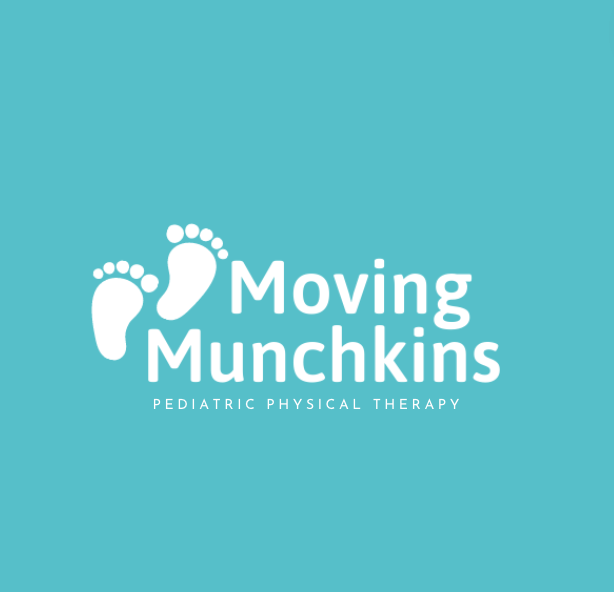What to Expect in Your Baby’s First Year
Milestone Monitoring and How to Keep Your Munchkin Moving
As a pediatric physical therapist, one of the most rewarding parts of my job is helping parents understand and celebrate their munchkin’s developmental milestones. Those first smiles, rolls, crawls, and steps are not just adorable moments—they’re important indicators of your baby’s growth and development. Here’s what to expect in your baby’s first year and why keeping your munchkin moving is essential for their overall development.
Milestones are key markers that help us understand how your baby is growing and interacting with their environment. More than just physical achievements, they reflect your baby’s progress in motor skills, coordination, strength, and cognitive development.
While every baby is unique and may reach milestones at their own pace, monitoring these key stages can help identify any areas where extra support might be needed.
Here’s a general timeline of motor milestones to look out for in the first year:
0-3 Months
Lifting their head briefly during tummy time
Bringing hands to their mouth
Beginning to track objects with their eyes
Kicking their legs while lying on their back
4-6 Months
Rolling from tummy to back and back to tummy
Pushing up on their forearms during tummy time
Reaching for toys and bringing them to their mouth
Beginning to sit with support
7-9 Months
Sitting independently
Pivoting on their tummy to reach toys
Pushing up into a crawling position
Rocking back and forth on hands and knees
10-12 Months
Crawling confidently
Pulling up to stand
Cruising along furniture
Taking their first independent steps
Movement is the foundation for your baby’s physical, cognitive, and sensory development. It strengthens muscles, improves coordination, and supports the connections in their brain that are essential for their future.
Here are some ways to encourage movement in your baby:
Tummy Time: Aim for short, frequent sessions throughout the day to build neck and core strength.
Floor Play: Give your baby plenty of time on the floor to explore and practice rolling, reaching, and crawling.
Interactive Toys: Use age-appropriate toys to encourage grabbing, reaching, and movement.
Minimize Time in Devices: Limit time spent in swings, bouncers, and other baby seats to encourage active movement.
If you noticed a pattern in that list, it’s because there is one crucial similarity - the KEY to getting your munchkin moving is get them on the floor from day 1!
If your baby seems to have difficulty reaching milestones or shows signs of discomfort during movement, don’t hesitate to reach out to a pediatric physical therapist. Some things to watch for include:
A strong preference for turning their head to one side
Difficulty lifting their head during tummy time
Delayed milestones
Asymmetry in movement, such as favoring one side of the body
Flattening of the head (plagiocephaly). See my previous blog HERE for more.
Early intervention can make a significant difference, and physical therapy can help address these challenges through gentle, play-based strategies that improve your baby’s strength, flexibility, and overall movement patterns.
Let’s Keep Your Munchkin Moving!
Monitoring milestones doesn’t have to feel overwhelming. My free checklist is a quick reference for you to use as a guide. Think of it as a way to celebrate your baby’s progress and take proactive steps to support their development. Keeping your baby moving through play and exploration is one of the best ways to help them thrive—and it’s a wonderful way to bond, too!
If you have questions about your baby’s development or want to learn how to best support their milestones, schedule a consultation with a pediatric physical therapist near you or follow along for more movement ideas!


